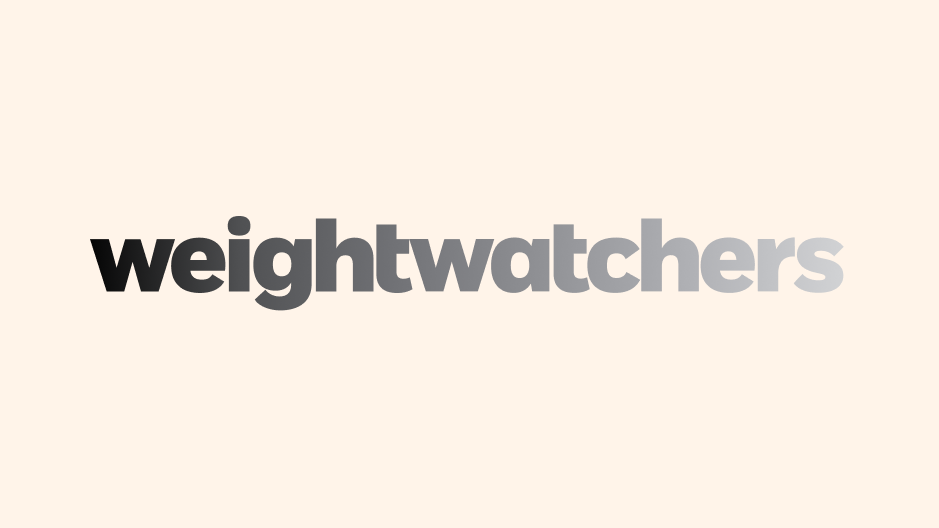The data fabric market is expected to grow from $2.77 billion in 2024 to a projected $12.91 billion by 2032. Ever wondered what’s driving this shift? The trend reflects a growing need for businesses to move beyond simply managing data. Traditionally, data management focused on data organization and storage. However, the focus has evolved towards extracting valuable insights.
Today, data fabric takes this a step further, prioritizing data quality, accessibility, and the automation of insightful analysis. This blog will discuss five compelling reasons why data fabric architecture is becoming an essential investment for modern businesses across industries.
What is Data Fabric?
Informed business choices demand accessible information. Consider data fabric as your solution to reliable, shared data! It empowers you to make the right decisions, right when they matter. Data fabric is an innovative approach to data management that facilitates access and integration across various data sources. It acts as a connective layer and seamlessly integrates data from siloed systems, cloud environments and on-premises storage. This holistic approach enables companies to use readily available high-quality data to make faster decisions and automate insights.
Here’s a hypothetical scenario to help you understand the concept better:
Let’s say there’s a large retail company, “X,” struggling with fragmented data. The inventory levels in physical stores are tracked separately from online stock. Customer purchase history is stored in a third system, and marketing data lives in yet another silo. This disjointed data landscape makes it hard for “X” to optimize inventory allocation, personalize marketing campaigns, and effectively meet customer needs. That’s where data fabric comes in.
By implementing a data fabric architecture, “X” can unite its data sources. This creates a single, unified view of all inventories, customer, and marketing data. Now, the retail company can analyze real-time stock levels across all locations, identify customer behavior trends, and predict demand fluctuations.
This empowers them to dynamically allocate inventory to the stores that need it most, personalize marketing campaigns based on individual purchase history, and prevent stockouts that lead to lost sales.
“Data Fabric is an emerging data management design for attaining flexible, reusable, and augmented data integration pipelines, services, and semantics. A data fabric supports both operational and analytics use cases delivered across multiple deployment and orchestration platforms and processes. Data fabrics support a combination of different data integration styles and leverage active metadata, knowledge graphs, semantics, and ML to augment data integration design and delivery.”
Understanding the Data Fabric Architecture: Key Components
Data fabric architecture serves as the central hub for your organization’s data and facilitates a holistic view across different teams and systems. Here’s a quick breakdown of its critical elements:
Data Connectors
As the name suggests, data connectors tend to connect isolated data sources such as databases, applications, etc. to a central location within the data fabric. This central location acts as a single point of access and allows you to analyze all your disparate datasets from a single, unified perspective.
Data Management Layer
It involves everything you do to keep your data organized, secure, and reliable. This means the layer includes activities such as data integration, governance, and data security. Data integration brings data from various sources together into a cohesive whole. Data Governance establishes clear rules on how data should be used, accessed, and maintained. And data security implements safeguards to protect sensitive information from unauthorized access or breaches.
Data Modeling Layer
This layer defines a common language for your data that all your systems and users can understand. It clarifies what each data point represents and how it relates to other data points within the system.
Semantic Layer
This layer includes knowledge graphs that organize information into entities, relationships, and attributes to enable a unified view data relationships and contexts.
Augmented Data Catalog
It can be referred to as the foundational component of data fabric architecture. It uses machine learning and AI algorithms to automatically discover, classify, and index datasets across your organization. Moreover, augmented data catalog enriches metadata with additional context such as data lineage, usage patterns, and data quality metrics.
Data Analytics & Business Intelligence
One of the best parts about the data fabric architecture is that supports advanced analytics and BI tools to generate actionable insights. This layer includes data visualization, dashboards, reporting, predictive analysis, and more.
Data APIs & Services
The data fabric architecture tends to expose data via APIs and services. This enables seamless integration with other applications and systems and facilitates easy data access, sharing, and collaboration.
Five Reasons to Implement Data Fabric Architecture for Your Business
Let’s take a look at some of the best reasons to consider data fabric for your business:
1. Helps stay on top of seamless data integration
Did you know that data fabric can significantly improve data integration efficiency? Studies show reductions of up to 30% in both design and deployment times, and a 70% reduction in maintenance needs. Data fabric provides businesses with a unified platform for integrating data from diverse sources including databases, cloud services, and others. There’s no need for manual data consolidation and all relevant data is accessible from a single source.
The best aspect is that data fabric integrates data sources without physically moving the information. Instead, it builds a central layer that virtually connects these sources. This layer allows users to find, link, and expand upon the data and eliminates the need for custom integrations.
2. Facilitates real-time data processing and analytics
According to Forrester, on average, around 60% – 73% of all data within an organization goes unused for analytics. This underutilization often stems from traditional data management approaches that struggle with real-time processing and analysis. Data fabric solves this problem by enabling real-time data processing and analytics. Here’s how:
- To eliminate the need for batch processing where data is periodically collected and analyzed, data fabric enables continuous ingestion of data coming from various sources continuously. The result? - Instant examination of the latest information!
- Furthermore, data fabric has integration with stream-processing engines that are very powerful tools for analyzing moving data. These scan the entire flow of events or series of events in search for patterns, anomalies, and trends.
- Traditional data pipelines may introduce delays between data collection and analysis. On the other hand, data fabric optimizes the data movement and processing times. Minimum time differences occur between these operations. This, in turn, enables actual up-to-date findings.
3. Levels up data quality and consistency
Research shows that businesses lose an average of $12.9 million annually due to poor data quality. Maintaining data quality and consistency is one of the top challenges that businesses face. Data fabric architecture addresses this by implementing data governance policies and data quality checks at each integration point. Data is standardized, cleansed, and validated in real-time. This empowers businesses to rely on accurate and consistent information for decision-making.
Example: Let’s say there’s a hospital network with multiple facilities and each facility uses different electronic health record systems to manage patient data. Now, without a unified approach to data governance, inconsistencies and errors in patient records can arise. However, with data fabric architecture in place, the hospital network can implement standardized data governance policies and quality checks at every integration point.
For instance, when a patient’s medical records are transferred from one facility to another, data fabric automatically validates and cleanses the information and ensures that it adheres to predefined standards and is free of errors or duplications. As a result, healthcare providers across the network have access to accurate and consistent patient data in real-time.
4. Enables agile data infrastructure
Data fabric architecture enables businesses to build agile data infrastructure that can adapt to evolving business needs and technological advancements. Unlike traditional monolithic data architectures, data fabric offers modularity, scalability, and flexibility. It allows organizations to seamlessly integrate new data sources, applications, and analytics tools as they emerge.
For example, a manufacturing company can deploy data fabric to integrate IoT sensors into its production processes that support real-time monitoring and predictive maintenance. This can help the company optimize operational efficiency and reduce downtime.
5. Reduces business costs and increases ROI
Research suggests that data fabric implementations can result in a significant ROI increase of 86% to 158%. By consolidating disparate data sources into a unified layer, data fabric removes redundancy and optimizes resource allocation. This leads to significant cost savings for businesses.
Imagine you are a financial services company managing data across multiple departments. Each department maintains its own databases for client information, transactions, and compliance. This duplication leads to inefficiencies in data processing, storage, and maintenance and results in higher operational costs. By implementing data fabric, you create a centralized data hub that integrates all data sources into a unified layer. This eliminates redundancy, reduces the need for duplicate storage and processing resources, and optimizes resource allocation. As a result, you experience significant cost savings and improved operational efficiency.
Implement data fabric with confidence!
The Informatica Intelligent Data Fabric is a popular, modern data fabric solution that you can implement to stay ahead of the competition. It is hybrid, multi-cloud data fabric that enables autonomous data management and provides reliable data for all your AI projects. As an enterprise platinum partner with Informatica, we have developed the best-in-class Accelerators and QuickStart programs to enable ‘go-live’ within weeks.
Connect with us to explore the best data solutions for your organization.
Authors

Shalu Santvana
Content Crafter

Mohd Imran
Senior Consultant



